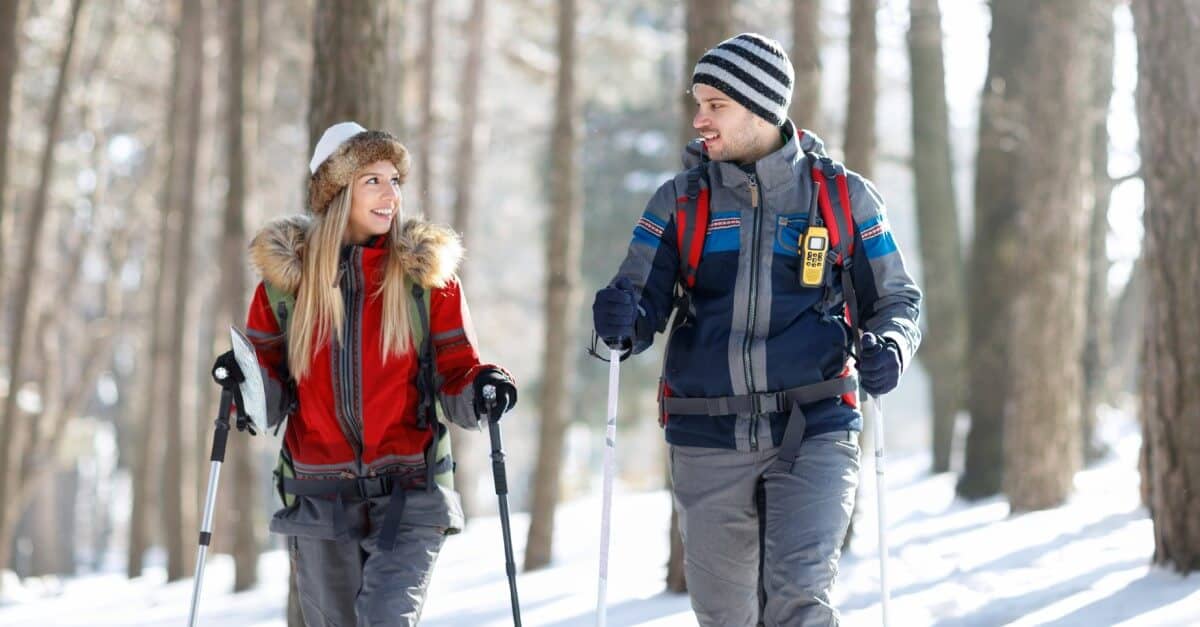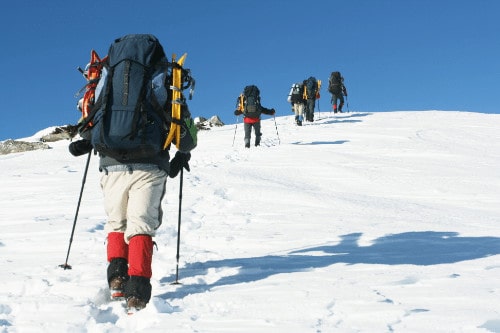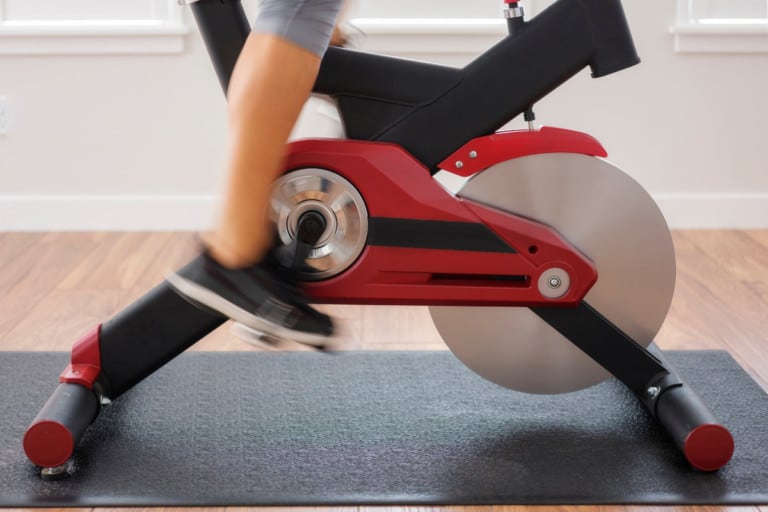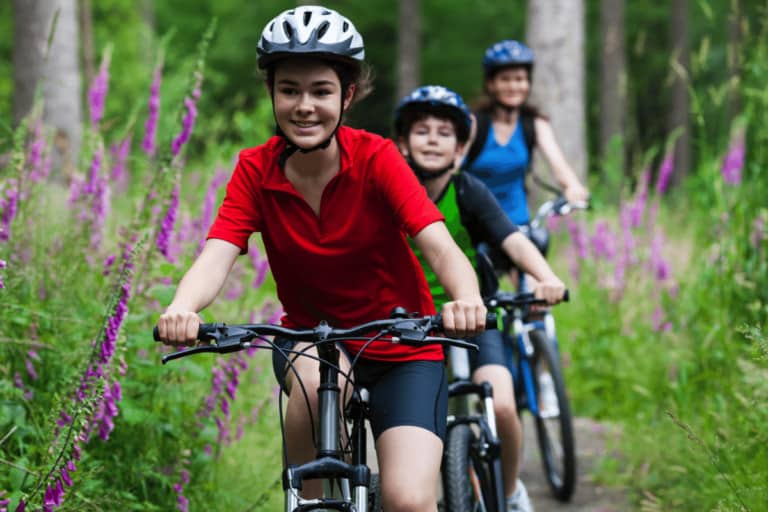Baby, It’s Cold Outside – Tips for Winter Hiking

Winter hiking can be a great way to see the great outdoors, even when it’s cold. Whether you head out with friends or family, try an invigorating excursion today!
Most of us spend the winter months hiding indoors doing exercise classes or treadmill runs. But with the pandemic still going on, it can be hard to stay inside all the time and get much-needed exercise.
Hiking is the kind of activity you can still do in the winter. With the right winter hiking gear and awareness of the risks, you’ll be on your way in no time. Whether you’re dealing with easy terrain or heading up a mountain, it can make for a great end-of-year escape!
What Do You Wear When Winter Hiking?
Hiking in snow requires a little more gear than the summer months. Share your cold-weather gear tips with other hikers on FamilyApp!
- Layer, Layer, Layer - Keeping yourself warm and dry is at the top of the winter hiking checklist. Start with a base layer that has moisture-wicking properties so your skin stays dry. The middle layer should shield you from the cold while your top layer or shell keeps the wind at bay. Removing or adding layers will prevent you from getting too warm or too cold.
- Get Some Gloves – Every possible inch of skin should be covered when you’re outside for a long time, and that includes your hands! Wear lightweight gloves under waterproof gloves and bring an extra pair just in case yours get wet. The object is to stay dry and comfortable, so you don’t have to risk hypothermia.
- Don’t Forsake Your Feet - Try wearing socks made of synthetics or wool that are thick without impacting circulation. Waterproof winter hiking boots with insulation are a necessity when you’re hiking through snow. They should work with snowshoes or crampons, especially if you’re going off-trail. You may even want to try gaiters if you’re dealing with deep snow.
- Save Your Skin – One of the most vulnerable parts of your body is your face and neck, so cover them with a neck gaiter or mask. A hat or headband can also do the trick. It’s easy to forget about them, but your eyes should be protected from the sun and wind too! A pair of goggles or sunglasses are among the most important winter hiking accessories out there.
What Do You Pack for Winter Hiking?
Make sure to pack these essentials for your day hiking trip in winter.

1. Snacks
It’s tempting to avoid stopping if it’s cold, but food will give your body the energy it needs to keep going—pack snacks like nuts, cheese, chocolate, or energy bars for an instant boost. Make sure your snacks are easy to access and close to your body so they won’t freeze! Share your winter hiking snacks on your favorite family app.
2. Drinks
When you’re burning energy through the snowy elements, be sure to get enough water. One of the best tips for hiking in snow is to use a water bottle with an insulated cover when temperatures are too low. If you’re using a hydration reservoir, the tube may freeze. It’s important to ensure this won’t be an issue. Try sipping your water consistently, so it doesn’t have the opportunity to freeze. Another option is taking hot tea in an insulated bottle with you.
3. Sunscreen
Being cold can make it easy to forget about sunscreen, but you can still get a sunburn when you’re winter hiking! While most of your body will be covered, be sure to apply sunscreen to your face, nose, and neck. Also, be sure to take your sunglasses to protect your eyes from the sun.
4. Headlamp
A headlamp might seem unnecessary if you’re mostly doing day hiking. But the daylight can quickly escape in winter, and you don’t want to be caught in the dark. Investing in a headlamp can provide added assurance. Just be sure to pack batteries close to your body so they stay charged!

What Are Winter Hiking Dangers?
As wonderful as winter hiking can be, it’s not without risks, whether it’s icy terrain or an avalancheSoit’ssss important to be aware of them to stay safe.
Frostbite occurs when the skin gets cold and is most common on fingers, ears, noses, and toes. It’s characterized by tingling, numbness, or even blisters. If you’re experiencing frostbite, you can warm up your skin by covering the exposed skin or warming it with lukewarm (not hot) water. If you suspect you have frostbite, immediately see a physician.
In the event that the body begins to drop below normal temperatures, hypothermia can also occur. The symptoms of this include shivering, clumsiness, and confusion. If any of these symptoms occur while winter hiking, the hiker needs shelter and warmth immediately.
If you’re embarking on a long hike in freezing temperatures, it’s important to know about mountain huts along the trail. Also, make sure to bring your smartphone and a power bank for extra energy. If you want to be extra prepared, save the local mountain rescue’s number and bring a GPS device with you. And remember that especially in the mountains, the weather can turn very quickly. Make sure you’re also checking the forecasts regularly.
Day Hiking in the Snow, Wind, and Elements
The cold winter months can make it difficult for everyone to exercise outside. But with the right gear, a few snacks, and advanced prep, hiking can be a great adventure!
Do you have any tips for winter hiking? Share them with others in our comments! Getting outside can be the perfect way to spend a winter’s day.





